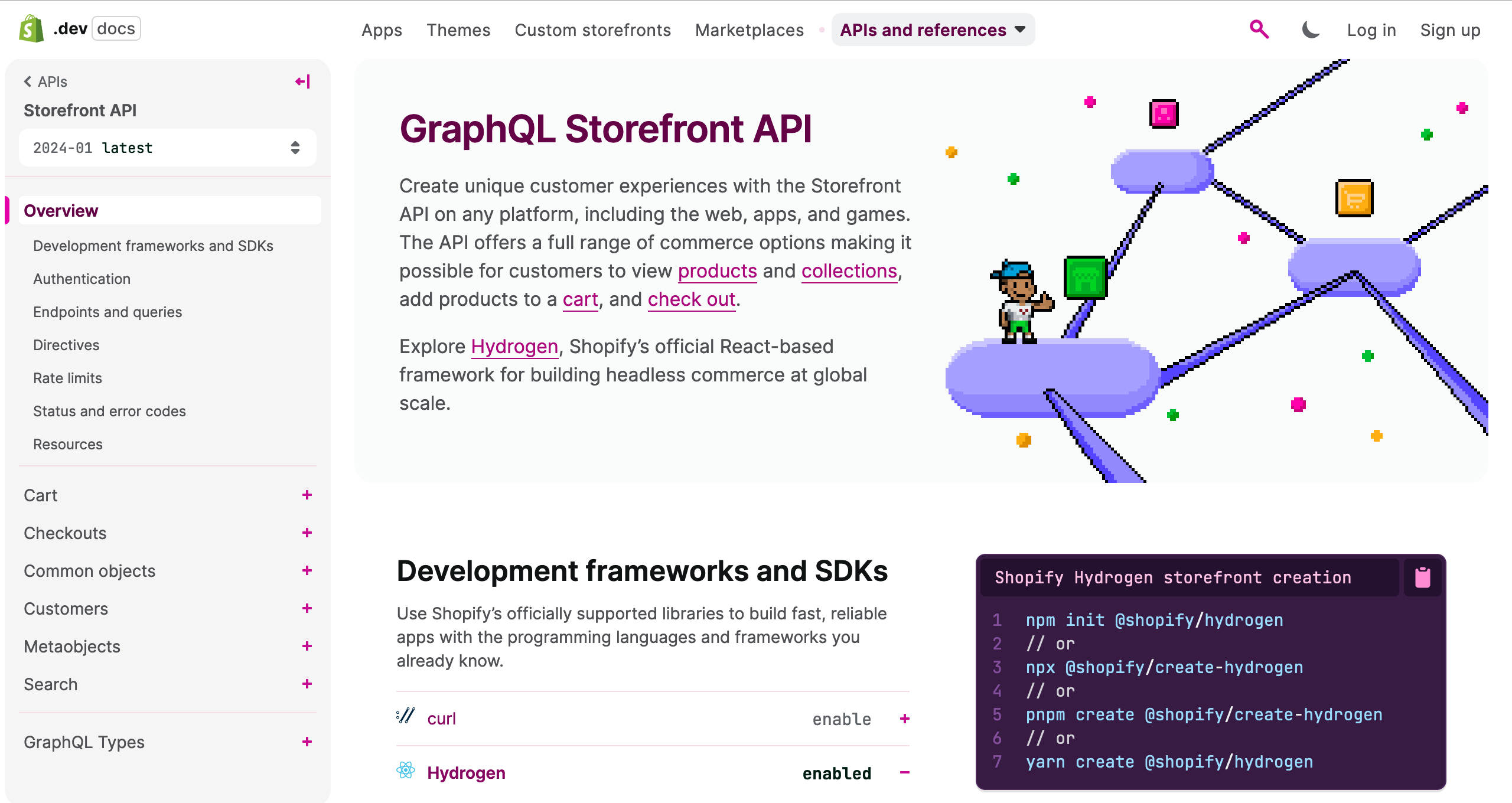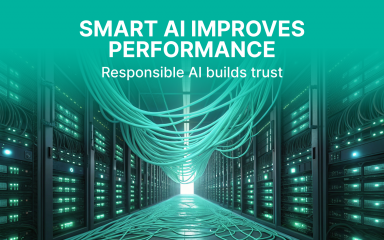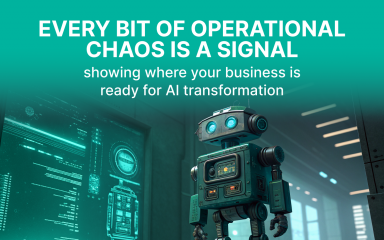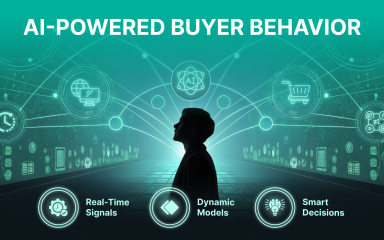In 2024, companies continue to focus on introducing digital services that improve the quality of the shopping experience and customer loyalty. Headless eCommerce tools, a “modular” approach to building software architecture, allow you to achieve seamlessness and omnichannel functionality on e-commerce platforms.
Companies around the world have begun to use this approach twice as often over the past two years, and thanks to it their revenue has increased by 24%.
Today we’ll talk about the trend in more detail: the essence of the approach, how it differs from traditional methods, and who should think about implementing it.
What is Headless eCommerce?
In the last 2-3 years, the concept of headless commerce has been gaining popularity due to the development and complexity of online stores. New payment methods, BNPL services, subscription models, search engines, new interfaces, and ways to interact with the store are being added: for example, using smart speakers and other smart gadgets. Each of these services is a separate, independent interface (frontend), which must be connected to the backend — the software logic of the online store.
This is where headless eCommerce comes in — an approach to run e-commerce resources that simplifies the management and development process. As part of this approach, the backend becomes a universal, independent server part, which provides its technical resources to implement any user interface or front end or customization layer on top of the standard back end/business function.
Thus, the frontend and backend are independent of each other and interact using the API. Moreover, some solutions don’t have a frontend at all, only a backend and an API, and the frontend is written to suit the needs of those who use such software.
How Headless eCommerce works
In the context of this approach, a conditional online store can be split into two main components: its outer shell, encompassing the UX design, and its various service modules—what users interact with. The latter part consists of the “internals”: the databases and server components responsible for the functioning of these user interfaces or “heads”. Both components interact via an API—an application programming interface facilitating data exchange and serving as a conduit between the front end and backend. The commerce layer in headless eCommerce platforms facilitates seamless integration of various services and technologies, enhancing the overall functionality of the system.
An order management system can be seamlessly integrated into the headless commerce platform, ensuring efficient handling and processing of orders.
This decoupled approach to software interaction proves advantageous as it enables developers to modify extensive business logic or internal configurations without impacting user interfaces. Furthermore, it permits altering the appearance of an online store without disrupting internal systems, thereby upholding the integrity of the entire eCommerce project. Effective inventory management is another critical aspect, as headless commerce solutions allow businesses to manage stock across multiple locations seamlessly.
Headless eCommerce vs “Monolithic” Architecture
10-15 years ago, a monolithic all-in-one architecture was, if not the only way to create an online store, then certainly the most common. With this traditional approach to online trading, the appearance of the site is closely related to its functionality. If you need to change the interface design or add a new feature, it is important to consider the capabilities and limitations of the platforms used.
This integrated approach was considered convenient and guaranteed full control over development: if the front-end and back-end are made according to a single roadmap, this simplifies development. In addition, it is possible to implement any custom idea. Finally, software using a monolithic approach always consists of fewer components. This makes it simpler and therefore more reliable.
Examples based on the traditional approach include WordPress with the Woocommerce plugin.
However, the traditional method also has disadvantages. For example, a predefined UX design. All elements of the user interface and business logic are closely interconnected. Developers can spend a lot of resources adapting UX design elements to new functionality. In order to change something, you often have to greatly change the entire product.
Moreover, the time-to-market of the product is lengthening. Every change in a monolithic system must be thoroughly tested since any error can cause the entire program to crash. In contrast, a headless commerce architecture allows different components to work together seamlessly, maintaining the functionality and performance of the whole ecommerce site. With a headless approach, you can introduce innovations in each application separately, without affecting the others.
Pros & Cons of Headless eCommerce
Headless eCommerce Advantages
- Flexibility. Developers can create any user experience. The API-first approach allows merchants to quickly implement the best services in their niches. And when integrating a new complex service, the operation of the online store will not be disrupted.
- Personalization. New features and interface elements can be implemented taking into account user behavior and values of a particular segment. This will increase customer loyalty to the brand, and therefore sales volume.
- High speed of implementation of updates. It happens because there is no need to change the backend to create another product or add features to one of the already working interfaces.
- Optimization for different devices and interfaces. You can attach interfaces to the trading platform for different types of devices, for example, mobile applications, smartwatches, and voice assistants.
- Cost-effective approach in the long term. The initial investment in building a custom backend may be high, but the efficiency of the approach will pay off the investment and generate profits. You need to create a complex backend once and then use it to integrate many lower-cost custom applications. In the case of the traditional approach, each product has its own backend.
- Scalability. The core of an online store is usually robust and reliable enough to accommodate new technologies because developers only need to comply with the front-end API specification, regardless of the internal implementation of the business logic. A microservice approach is often used, which further increases scalability.
- Reduce interdependence within the IT team. Developers will be able to independently test, develop, and fix errors in each of their applications — without fear of “breaking” the entire system.
- Increase in conversion rate. Marketers can safely conduct A/B tests, test hypotheses, and make changes in just one application without affecting others.
Headless eCommerce Disadvantages
- High start-up costs. Developing a custom solution may require more resources than implementing standard software. The cost can be minimized by using available on the market solutions like Bintime Headless eCommerce service.
- Technical requirements. The backend business logic becomes the universal basis of the project, and the requirements for it increase — both from the point of view of business logic and development.
- Management risks. Every new service on the platform is a potential point of failure. Therefore, it is important to ensure that the store continues to operate in any case. You can implement test automation for risk mitigation.
Commerce Engine
A commerce engine is the core of any headless commerce setup. It’s the part of the system that handles everything behind the scenes — from business logic and inventory management to order processing and shopping cart functionality. In short, it’s what keeps an online store running smoothly.
In a headless architecture, the commerce engine is separated from the frontend, giving businesses the freedom to design custom experiences across any channel — whether it’s web, mobile, or even voice. This flexibility makes it easier to innovate, adapt quickly to market changes, and tailor the shopping experience to customers’ needs without disrupting backend operations.
With a strong commerce engine in place, companies can simplify complex workflows, streamline backend systems, and focus more on delivering seamless, personalized customer experiences. It’s the engine that powers the entire ecommerce ecosystem.
Commerce Cloud
Commerce Cloud is a cloud-based, SaaS ecommerce platform built to support modern, flexible, and scalable online shopping experiences. Designed with headless commerce in mind, it allows businesses to decouple their frontend and backend systems — giving them full control over the customer experience without being limited by backend constraints.
What sets Commerce Cloud apart is its ability to support both B2C and B2B needs through a unified platform. It offers powerful features like responsive storefronts, personalized content management, and seamless omnichannel experiences across mobile, social, web, and in-store touchpoints.
By using Commerce Cloud, brands can move faster, experiment more freely, and stay competitive in an ever-changing ecommerce landscape. It empowers businesses to focus on growth and innovation — not just on managing technology.
Most Popular Headless eCommerce Platforms
The main difference among the Headless eCommerce solutions is the format: SaaS or a “box” deployed at its facilities. So, if you don’t have your development team to create and support such a product, or you need to move quickly, then it’s wise to choose SaaS. Commerce cloud solutions offer robust, cloud-based platforms designed for both B2B and B2C markets, providing features such as omnichannel storefronts and AI integration.
Many of these platforms are enterprise ready, offering robust features and cloud integration to support large-scale businesses.
Secondly, it is reasonable to study the functionality: whether all the tasks of a particular business are implemented by the chosen platform, whether the necessary programs are integrated, and whether it is possible to use the store without major modifications. When considering headless implementation, it is essential to evaluate the platform’s ability to support your specific business needs and integration requirements.
#1. CommerceTools

CommerceTools is a SaaS product. They were the ones who singled out technology as a separate approach. Their platform promises users a significant increase in business indicators such as average order value and website speed. This became possible thanks to the following system: modular architecture integrates with existing software and complements it;
GraphQL is used to improve the efficiency of working with information, and developers choose the stack that they are comfortable with.
#2. Spryker

Spryker – SaaS platform for creating e-commerce projects in different segments — b2b, b2c, d2c. It is praised for its high performance and scalability. We came up with the concept of unified commerce, in which trading platforms in different regions and branches with different assortments, balances, and prices are easily controlled at the same time.
#3. Shopify Storefront API

Shopify Storefront API empowers businesses to create custom, headless eCommerce solutions, separating the frontend and backend systems for greater flexibility and control. With the Storefront API, developers can build unique shopping experiences across various channels and devices while leveraging Shopify’s robust backend infrastructure. This headless approach allows businesses to innovate and adapt quickly to changing market trends, providing a seamless and personalized shopping experience for customers.
The Bintime team can implement any e-commerce project using the headless ecommerce API layer approach. Discover Case Studies.
Who Needs to Implement Headless eCommerce?
In what cases can the approach be useful to companies:
— If you need to implement an omnichannel business strategy. Solutions allow you to effectively collect all data about the audience and provide users with access to the channels they use for online shopping;
— If you want more infrastructure flexibility. The approach allows you to quickly introduce and test new features, and also quickly abandon them if they are not in demand;
— If you need to improve the quality of the purchasing experience and customer service in general: the approach allows for more UX testing and improved product performance and efficiency;
— If you need to work with different segments or niches — b2b, b2c, d2c. Each of these audiences has different needs, so it makes sense to cover them in different apps. Another example is that the same company provides different products and services at the same time, and makes a separate application for each direction. Moreover, all applications can be connected by one backend.
— If you want to quickly capture niches. For example, quickly connect IoT to the project;
— If you need to create a unique shopping experience, and current functionality does not allow this.
Final Thought
Nowadays it is impossible to do without the use of modern technologies. If you want to attract customers and ensure a high level of sales, you will have to meet incoming requests. Headless Commerce will allow you to quickly innovate your business and focus on the future. Another question is, are you ready for this?
The Bintime team can complete an eCommerce project of any complexity. If you have any questions or require partners in the development of an eCommerce project with headless architecture for business — contact us and get expert consultation for free.











